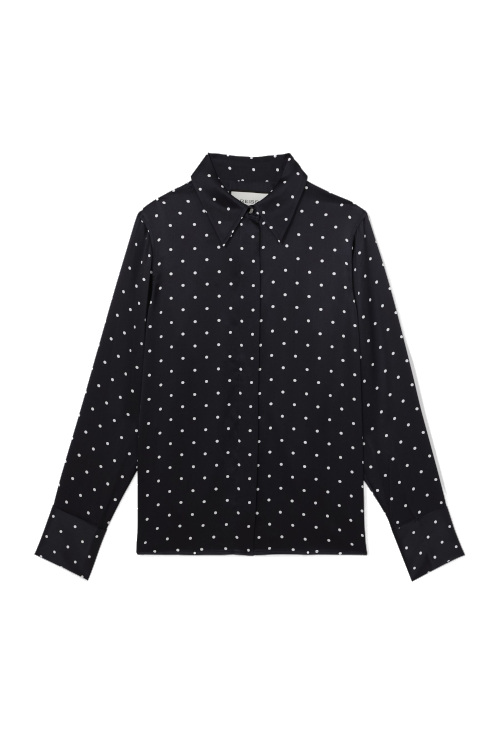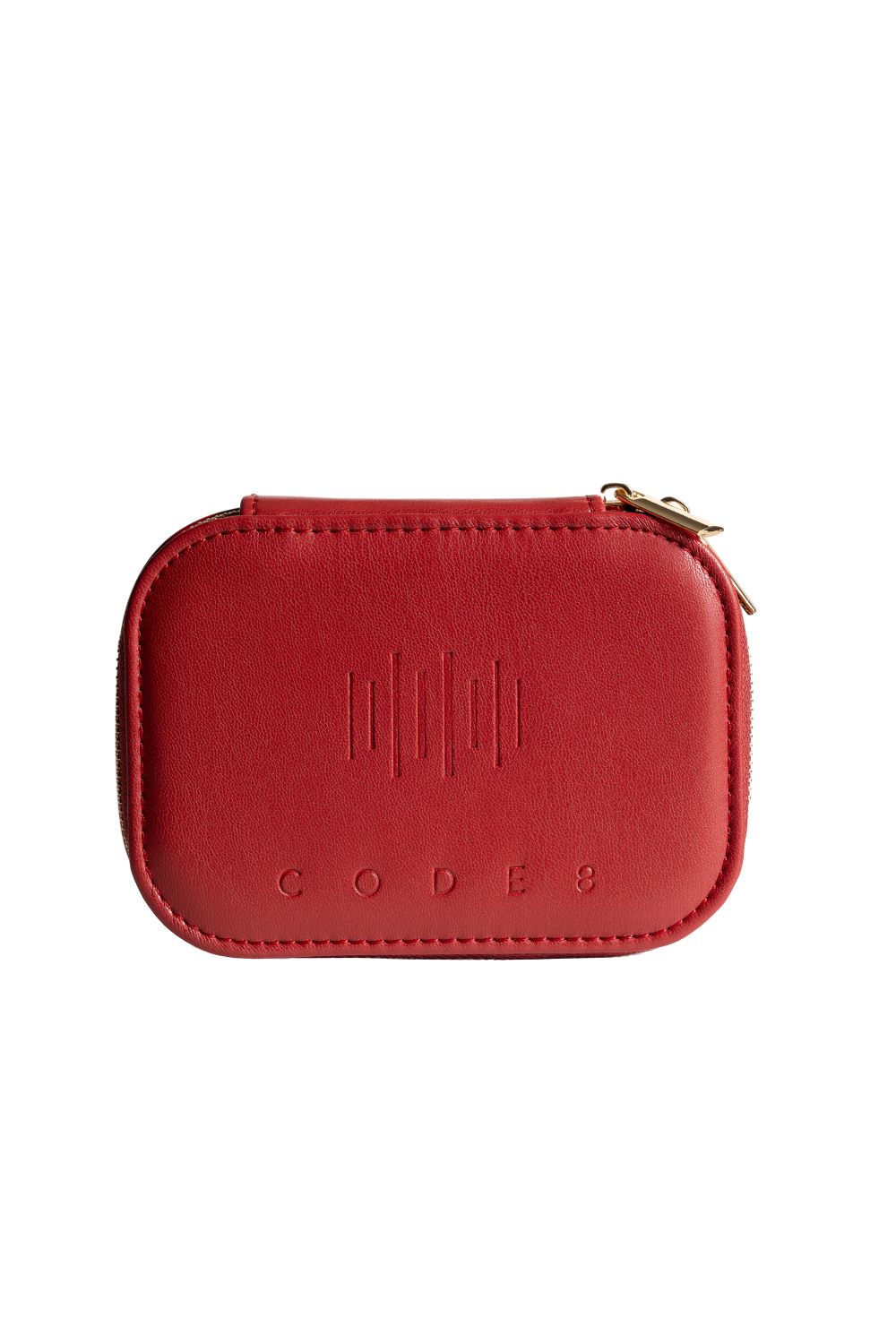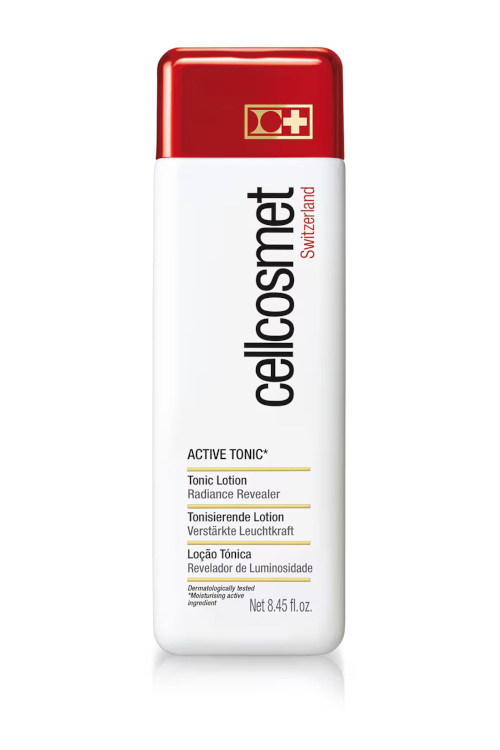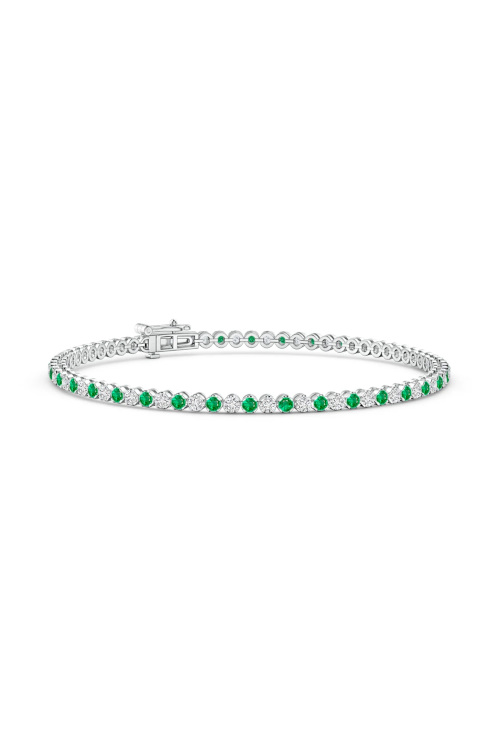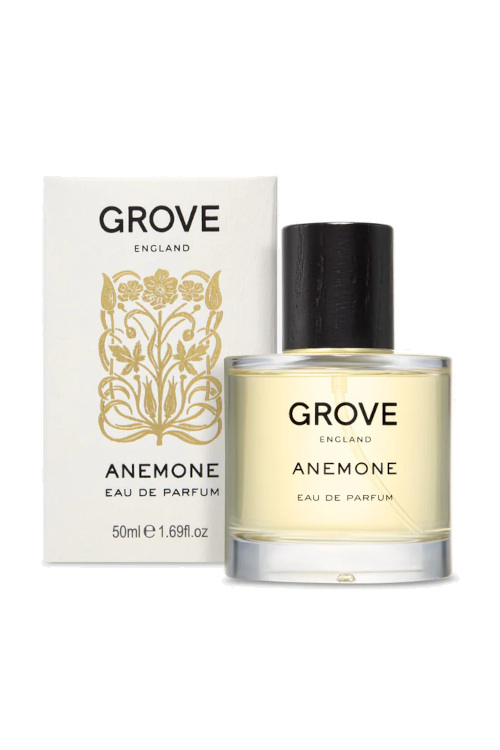A History of Greenwashing: How Did We Get Here?
By
4 years ago
From carbon footprints to towels, greenwashing has been endemic since the late 20th Century
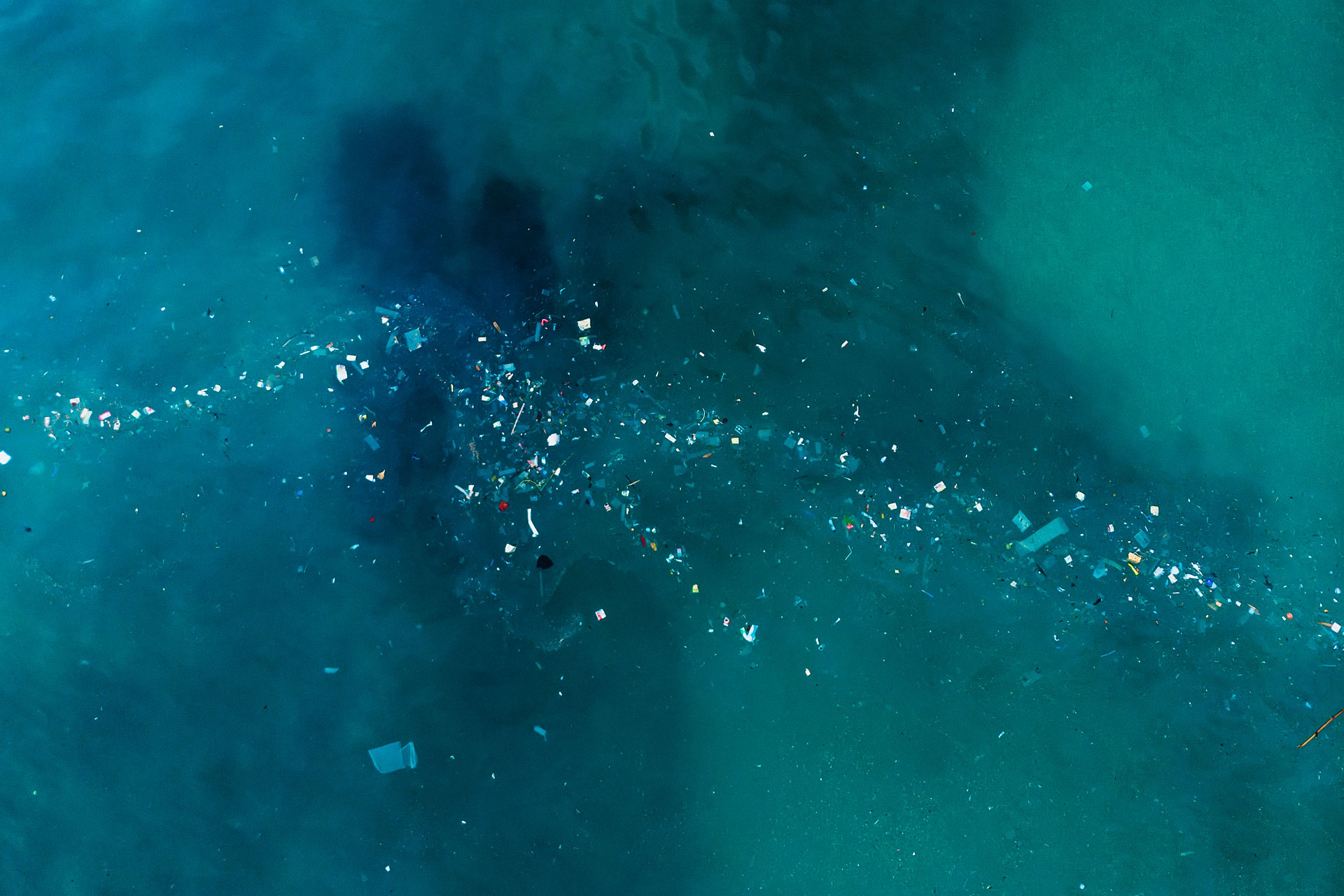
‘Greenwashing’ is the term used when a brand makes unsubstantiated or exaggerated environmental claims. The term has been awash in conversation this year – but it’s actually been around as far back since the 1970s. From slick billboards to paper straws, we look at how greenwashing has shapeshifted to the many guises that are still rife in society today.
What is greenwashing and how can I avoid it?
A History of Greenwashing: How Did We Get Here?
It all started with a towel
Greenwashing was coined by a student looking for a towel back in the 1980s at a hotel in Fiji . It’s said that he found a note asking guests of the hotel to pick up their towels because reusing them would help the environment. That student was the environmentalist Jay Westerfield, who noticed an astonishing irony. While the resort claimed to be protecting the reefs and the island’s ecosystem on the note, the resort was in the middle of an expansion. Westerfield wrote an essay, citing the hotel’s note as greenwashing for a literary magazine, and the term got picked up in mainstream media.

Image: Unsplash
1970 – 1990s: Behind advertising’s glittering façade
Only a year after Westerfield’s essay was published came the notorious People Do campaign by Chevron, an American energy company. Commonly cited as the best example of corporate greenwashing, the campaign ran through the mid-1980s featuring cuddly bears, sea turtles and butterflies, and showing their work restoring marshes once used for oil exploration.
What’s typically prevalent in greenwashing is that there’s always an element of truth to the claims, but what critics pointed out was that many of their deeds featured in advertising campaigns were mandated by the law. As the Guardian highlighted, Chevron’s environmental CV wasn’t exactly watertight, with reports claiming the company was violating the clean air act.
Before the term ‘greenwashing’ was even coined, there was the infamous Crying Indian commercial by Keep America Beautiful in 1971. The bucolic scene was set with a native American Indian making his way through an Eden-like river on a wooden canoe. He oars to a city harbour that’s strewn with litter set in a shipyard that’s thick with smog. Gazing outward onto the main road, someone tosses their litter on him from a car, he looks at the camera with a tear rolling down.
Peel behind the storyline, and the advertisement quickly loses its sheen. The protagonist: the crying Indian, was neither crying, nor an Indian. The Hollywood actor was an Italian-American, Espera Oscar DeCorti, whose braided hair was a wig, and skin colour was deepened with makeup.
Keep America Beautiful, producers of the campaign, was founded by The American Can Co. and the Owens Illinois Glass Co. and later Coca Cola and the Dixie Cup Co. But during the 1970s, after the advertisement debuted, Keep Americal Beautiful went against the ‘bottles bill’ legislation that would require soft drink producers to sell their goods in reusable containers.
Early 2000s: It’s Not Me; It’s You – shifting the blame onto the individual
The Keep America Beautiful campaign’s main takeaway was to encourage the public to clear away their litter, and it still speaks for how climate change is often portrayed in the media. Much of the political, industry-wide systemic problems with climate change are often idealistically repackaged into personal problems that the public can ‘solve’ in their daily lives, echoing the advertisement that aired almost 50 years ago.
BP popularised the term ‘carbon footprint’ in 2004, which almost two decades later is so widespread, that’s its origin as a marketing campaign is often lost. In 2006, the company unveiled its carbon footprint calculator where the public could calculate how their normal daily life, which included things like going to work and buying food, became complicit in climate change.
Where we are now
The law is catching up with greenwashing. The US Federal Trade Commission is due to review its Green Guide, which will provide an outline for environmental marketing claims in 2022. The UK watchdog Competition and Markets Authority is currently investigating greenwashing too. But we still have a long way to go: only 20% of the UK public actually trust if a product is sustainable. For a practical guide on how to avoid greenwashed products, have a read of our tips.
SEE MORE
Women in Climate Change: Tessa Khan / Green Brands Recommended by True Sustainable Pioneers






